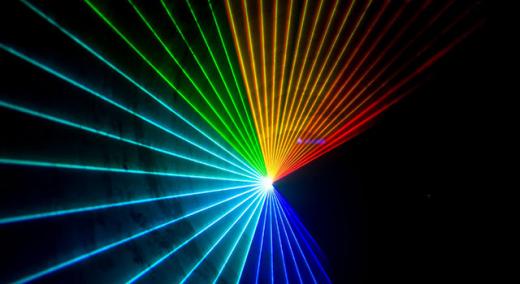To many people, a measurement sounds mundane, like marking ticks on a ruler or reading the line on a thermometer. It’s a piece of data. And they tend to think that improved measurements look like finer and finer ticks on a ruler—which doesn’t seem very exciting.
|
ADVERTISEMENT |
But making new measurements is more than just making finer marks on a ruler. To measure something is to understand it, pull it apart and see how it works. New measurements can unlock possibilities that even scientists never thought of when they started out.
Perhaps there is no better example than the optical frequency comb. Very simply, this device is a ruler for light. Yet it’s so much more than a ruler.
Radio waves, microwaves, visible light, X-rays, and infrared are all part of a spectrum of electromagnetic frequencies. They’re all waves, traveling at the speed of light, but the distance between the peaks of those waves can be kilometers apart, like some radio waves, or nanometers apart, like visible light and ultraviolet.
…

Add new comment